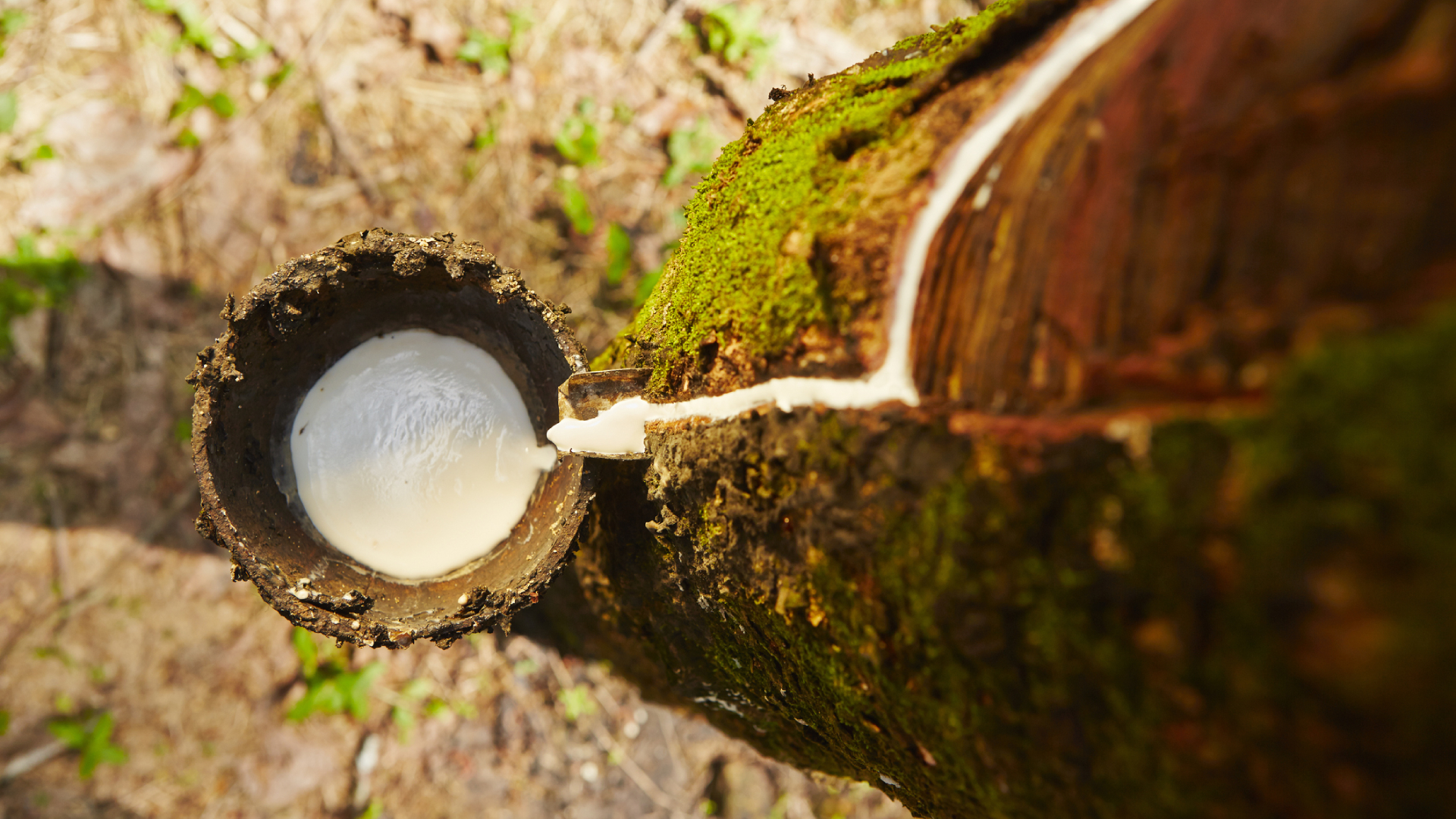Sri Lanka’s agricultural production saw mixed trends in October 2024, with significant increases in sugar and rubber production, while fish, tea, and coconut output showed declines, according to the Economic Research Department’s agriculture sector data bulletin from the Central Bank of Sri Lanka (CBSL).
Domestic sugar production surged by 109.8 percent compared to the previous year in October. However, international sugar prices decreased due to a strong crushing season in India and Thailand, as well as improved sugarcane crop prospects in key producing countries.
Rubber production also saw a notable rise, increasing by 38.0 percent year on year in October. However, global natural rubber prices fell sharply in November 2024, primarily due to reduced demand from China and the delay in the EU’s deforestation regulation proposal.
In contrast, the island nation’s fish production dropped by 13.0 percent in October, with inland fishing activities particularly affected. Tea production also declined by 7.5 percent, and global tea prices weakened in November 2024, with major auctions in Kolkata and Colombo reporting lower average prices, while Mombasa saw a slight uptick.
Coconut production fell significantly by 24.0 percent year on year in October.
On a more positive note, export crop prices for items such as pepper, clove, cocoa, cardamom, and cinnamon saw increases, while coffee, nutmeg, ginger, and turmeric prices dropped. Earnings from spice exports in October were bolstered by strong performances in pepper and cinnamon.
In terms of paddy, the forecast for the 2024 Yala season stands at 2.02 million metric tons, reflecting an 11.4 percent increase from the previous season.
These mixed agricultural trends highlight the dynamic shifts in Sri Lanka’s agricultural sector in recent months.


